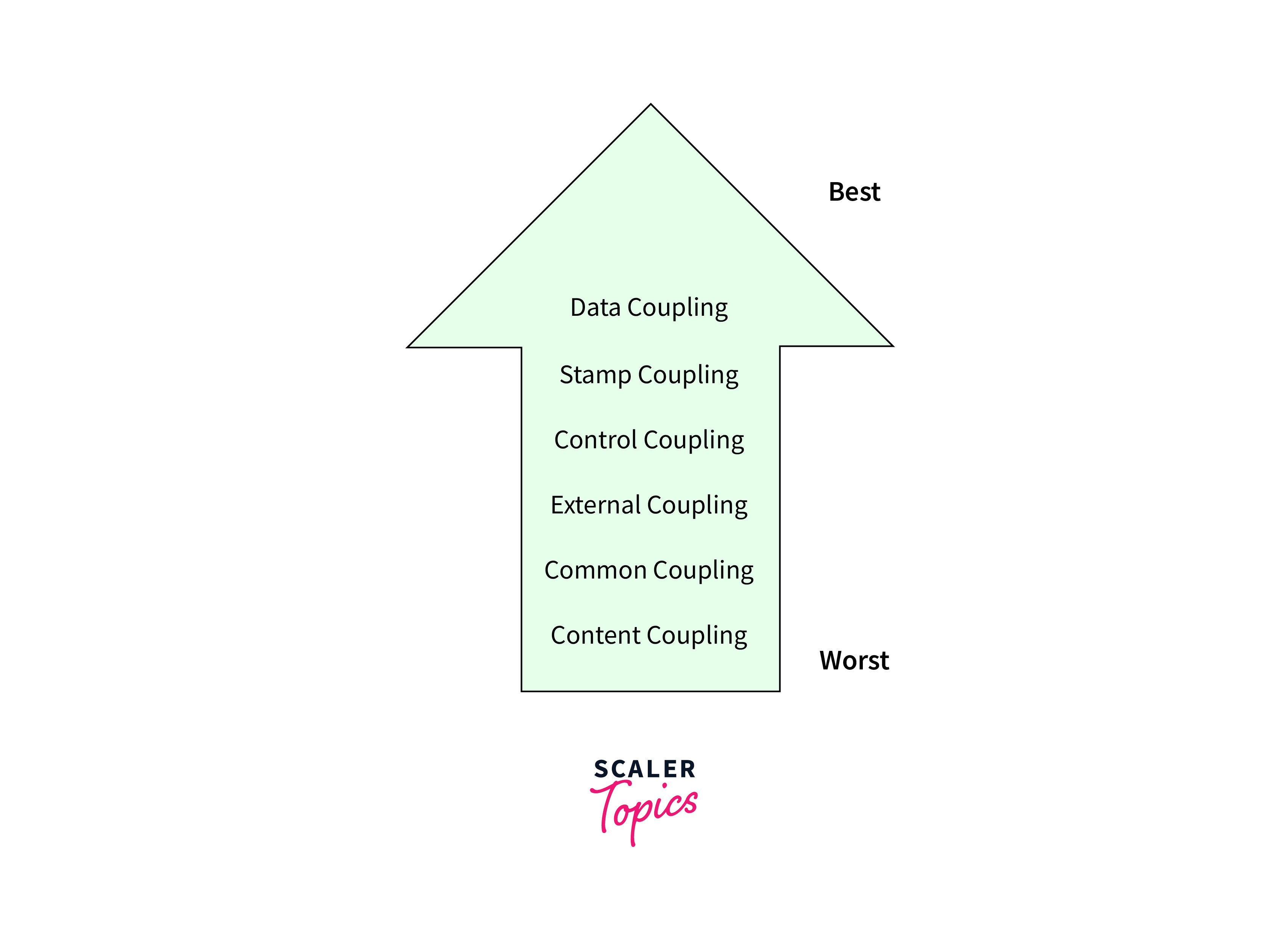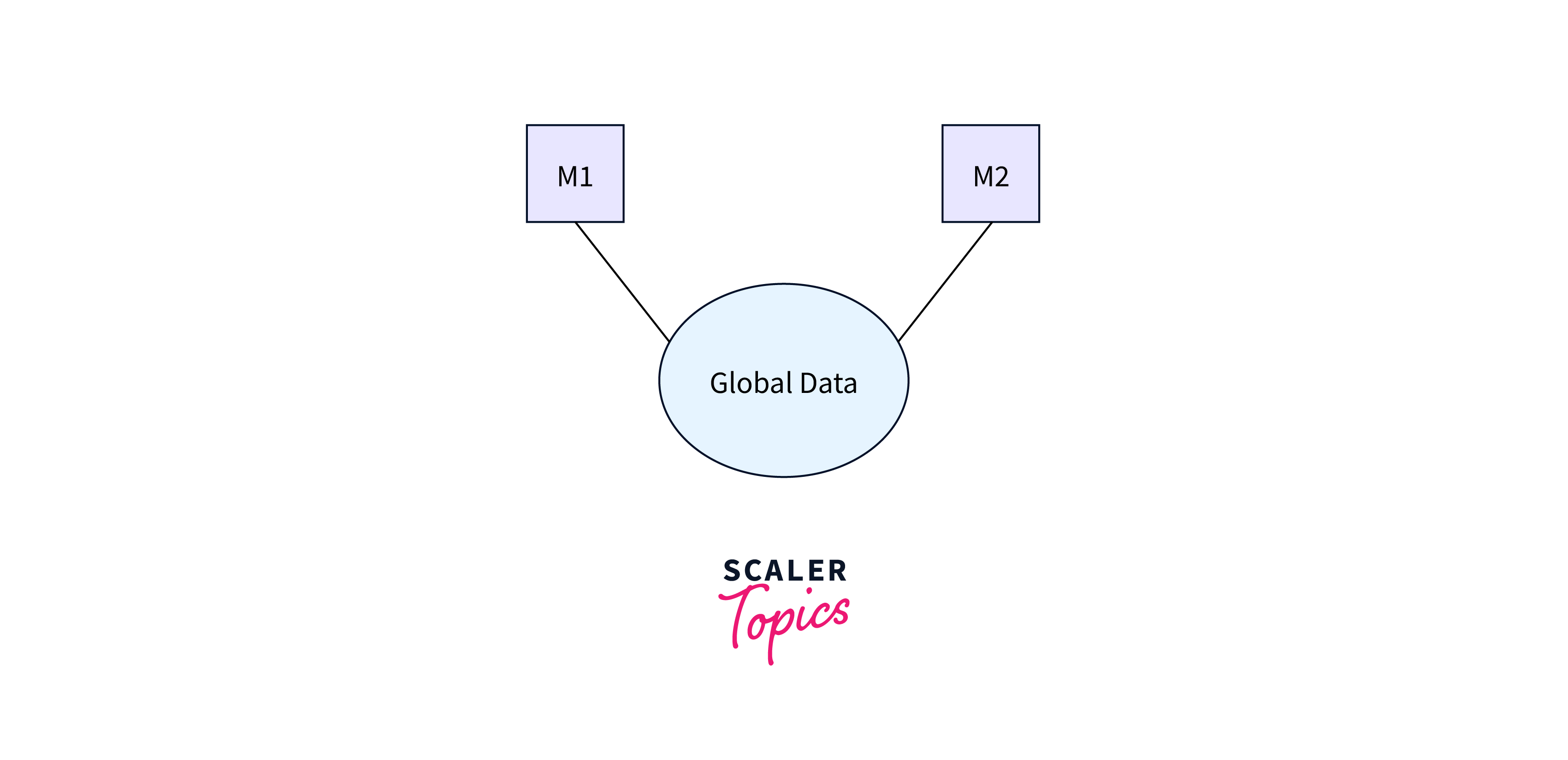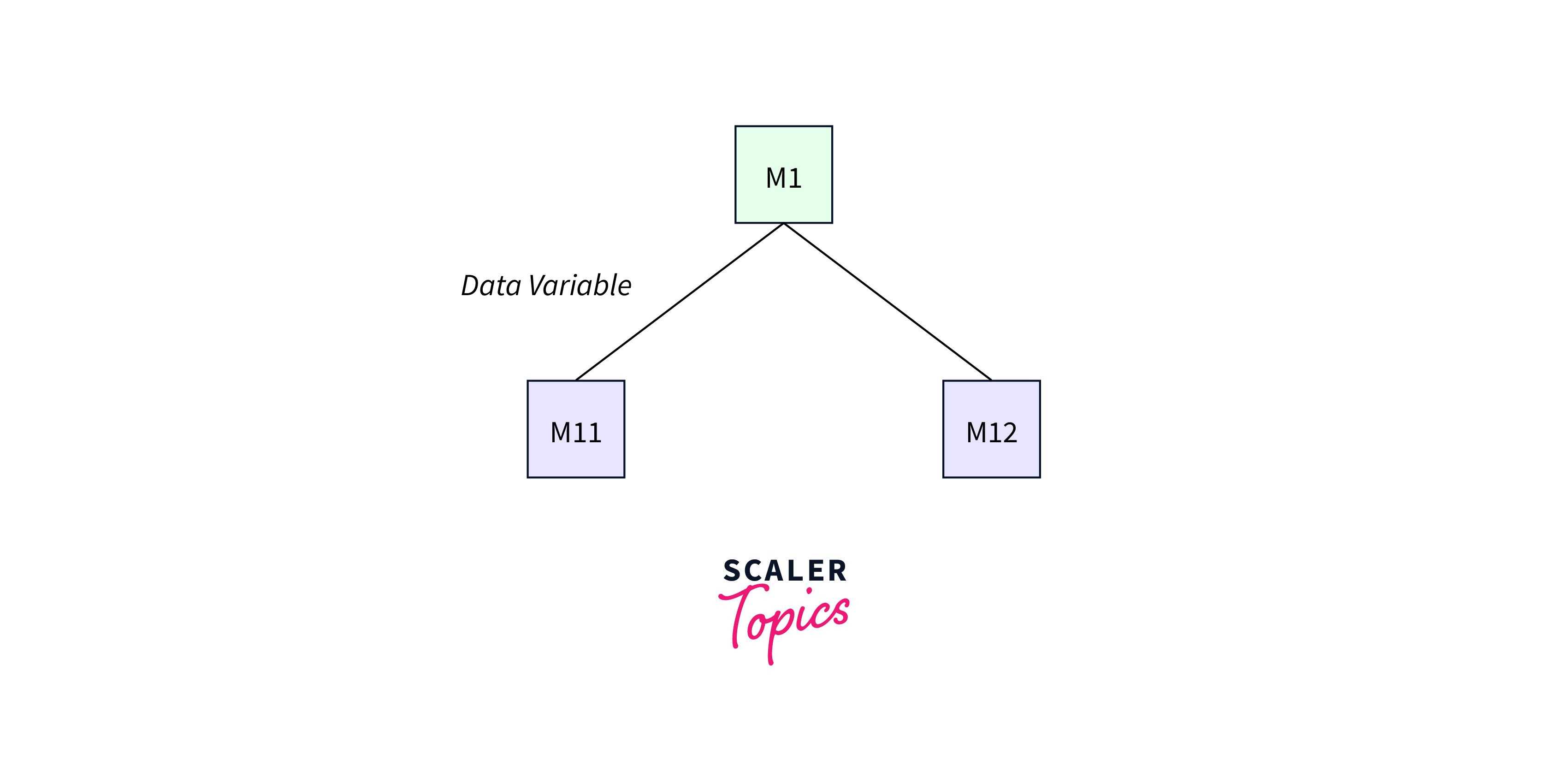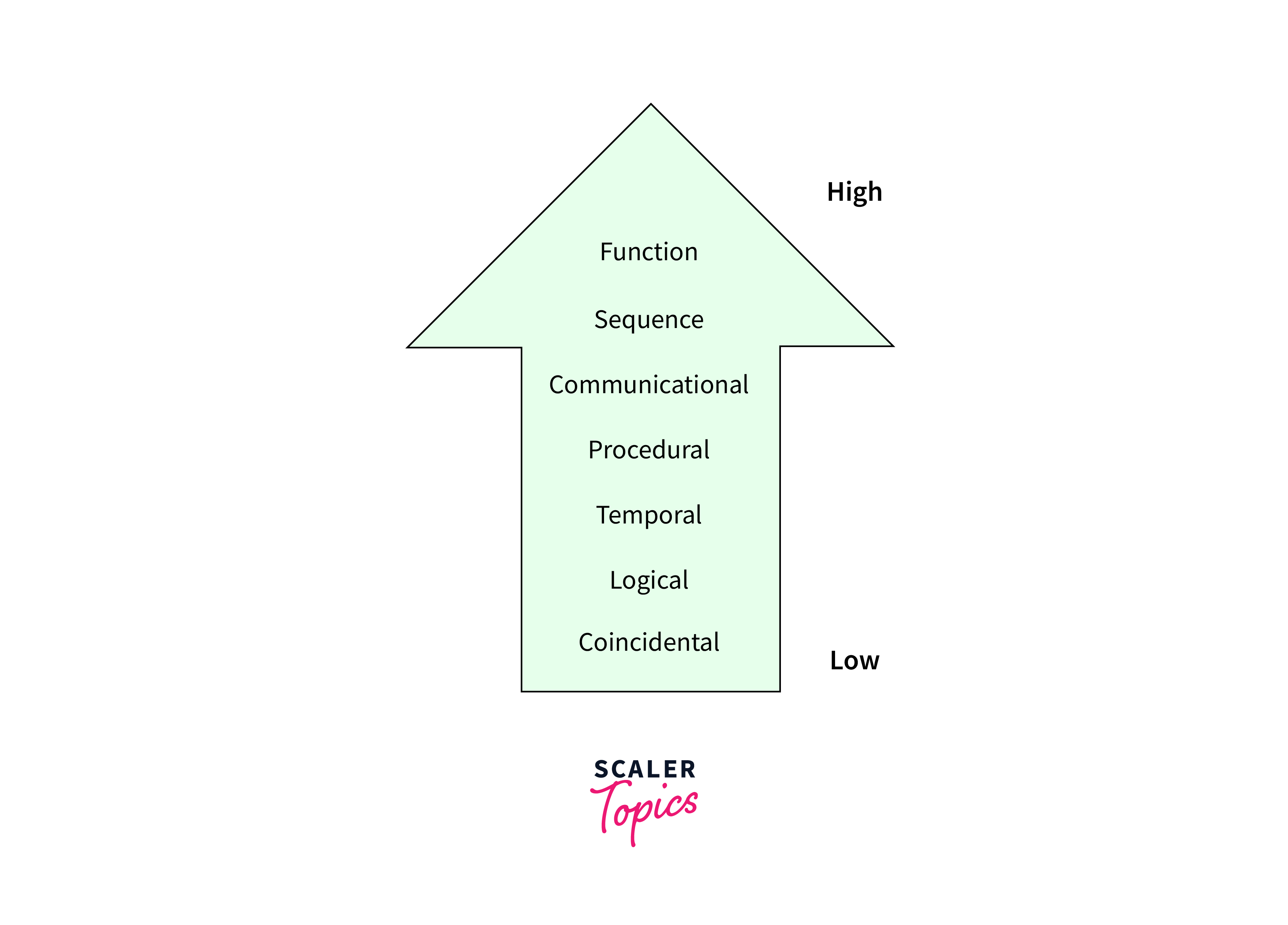Coupling and Cohesion in Software Engineering
Overview
In software design, coherence and coupling are key concepts that play a central role in the design and quality assessment of software systems. They refer to how the modules or components of a software system are organized and interact with each other. Understanding cohesion and coupling is essential to building maintainable, scalable, and resilient software applications.
Introduction to Coupling and Cohesion
In software engineering, coupling and cohesion shape modularization, the art of creating manageable and efficient software components.
Coupling defines the interdependence of modules, while cohesion measures the unity of components. Achieving low coupling and high cohesion promotes maintainable and comprehensible modular structures. This symbiotic relationship allows developers to navigate complexity that improves testing, scalability, and teamwork. These principles permeate the entire software lifecycle and impact project management and customer satisfaction.
Connection and cohesion lead to solutions that are not only functional but also elegant, adaptable and innovative.
What is Coupling?
Coupling refers to the degree of interdependence between different modules, classes, or components of a software system. It shows how closely these elements relate to each other and how much one element depends on the behaviour, data or interfaces of another. High coupling means strong interconnections where changes in one module can cascade through others, while low coupling means greater independence and isolation between modules.

Type of Coupling:
- Content Coupling:
Modules share data directly through global variables or parameters. This is the strongest coupling method and is not recommended because it tightly couples the modules and makes them highly dependent on each other. - General Coupling:
Modules share global data or resources that are frequently used and modified by different modules. Although not as direct as pooling content, it still represents tight pooling through shared resources.
- External Coupling:
Modules communicate by exchanging data through external interfaces such as function parameters or method calls. Although external binding is more flexible than content and general binding, it can still cause dependencies. - Control Coupling:
One module affects the behaviour of another by passing control information, often through parameters. This type of connection may be less direct than a content connection but still requires close communication. - Stamp Coupling:
Modules share a composite data structure such as a record or object without sharing. Changes to the structure can affect several modules, but the connection is weaker than in the content connection. - Data Coupling:
Modules share data through parameters, but there is no direct relationship between functions. Compared to the previous types, it is a relatively loose form of connection.
- No Coupling:
Modules work independently without direct communication. This is the ideal type of connection to aim for as it encourages modular design and minimizes the impact of changes.
What is Cohesion?
Cohesion in software engineering refers to the degree of interrelatedness and focus among the elements within a module, class, or component. It measures how well the internal components of a module work together to achieve a single, well-defined purpose. High cohesion indicates that the elements within a module are closely related and contribute collectively to a specific functionality. Low cohesion suggests that the elements are less focused and may serve multiple unrelated purposes.

Types of Cohesion:
- Functional Cohesion:
Elements within a module are grouped based on a single, specific functionality or task. This is the strongest form of cohesion, where all elements contribute to the same goal. - Sequential Cohesion:
Elements are organized in a linear sequence, where the output of one element becomes the input of the next. This type of cohesion is often seen in processes with step-by-step execution. - Communicational Cohesion:
Elements within a module work together to manipulate a shared data structure. They might not perform the same function, but their actions are closely related to a common piece of data. - Procedural Cohesion:
Elements are grouped based on their involvement in a specific sequence of actions or steps. They might share some data, but their primary focus is on the sequence of operations. - Temporal Cohesion:
Elements are grouped because they need to be executed at the same time or during the same phase. They might not share functional or data-related aspects. - Coincidental Cohesion:
Elements are grouped arbitrarily without a clear, meaningful relationship. This type of cohesion is typically indicative of poor module design.
Impact on Refactoring and Code Quality
- Coupling:
When refactoring code, reducing coupling is a primary goal. High coupling can make refactoring challenging because changes in one module could inadvertently impact other modules, leading to unexpected bugs and increased complexity. - Cohesion:
Cohesion refers to the degree to which elements within a module belong together and perform a single, well-defined task. High cohesion indicates that the components within a module are closely related and work towards a common purpose.
Discuss how Adherence to the Principles Can Make Refactoring Smoother and How It Influences
Adhering to coupling and cohesion principles enhances refactoring. Low coupling isolates changes, reducing unintended effects, while high cohesion ensures focused modifications within clear module boundaries. This approach supports targeted, precise refactoring, improving code quality and maintainability. It simplifies testing, debugging, and collaboration, providing a solid foundation for effective codebase evolution.
Coupling and cohesion significantly shape developer collaboration. Low coupling and high cohesion lead to clear module responsibilities, enabling effective communication, parallel development, isolated changes, and streamlined code review. Debugging is easier, and new team members onboard swiftly. These principles minimize conflicts, fostering efficient teamwork, smoother coordination, and higher-quality software development.
Examples from Different Paradigms
Coupling and cohesion principles apply universally: in OOP, clear class interactions yield low coupling; functional programming uses pure functions for the same; procedural programming relies on modular functions; event-driven employs event handlers; AOP separates concerns. Across paradigms, low coupling and high cohesion ensure modular, maintainable code, aiding refactoring and code quality.
Advantages of Low Coupling
- Easier adaptability to new requirements.
- Clear module boundaries for focused development.
- Team members work independently with reduced conflicts.
- Modules can be tested in isolation, improving reliability.
- Easier debugging and refactoring, enhancing code quality.
- Supports seamless expansion and addition of features.
- Facilitates effective communication and teamwork.
Advantages of High Cohesion
- Clear and specific module responsibilities.
- Code is more understandable and self-explanatory.
- Easier to locate and fix bugs or make enhancements.
- Supports modular design and reusability of components.
- Changes are contained within well-defined boundaries.
- Team members understand and collaborate on tasks more effectively.
Disadvantages of High Coupling
- Changes in one module lead to widespread impacts.
- Harder to isolate and fix bugs without affecting other modules.
- Modules are tightly tied, hindering standalone use.
- Difficult to adapt to new requirements or technologies.
- Changes can lead to unintended consequences in other parts.
- Developers can't work independently due to interdependencies.
Disadvantages of Low Cohesion
- Modules have mixed responsibilities, causing ambiguity.
- Code becomes harder to follow and understand.
- Changes can impact multiple, unrelated tasks.
- Testing becomes challenging due to scattered logic.
- Unrelated functionality intermixed can introduce bugs.
- Difficult to extend or modify without affecting other tasks.
- Unrelated code fragments increase codebase size.
Difference Between Coupling and Cohesion
| Aspect | Coupling | Cohesion |
|---|---|---|
| Definition | Degree of interdependence between modules or components within a system. | Degree of relatedness and focus within a module or component. |
| Focus | Interaction between modules. | Composition of elements within a module. |
| Impact on Change | Changes in one module can impact others. | Changes within a module are contained. |
| Flexibility | High coupling reduces system flexibility, as changes are likely to propagate. | High cohesion enhances system flexibility, as changes are localized. |
| Maintenance | High coupling increases maintenance complexity, as changes are widespread. | High cohesion simplifies maintenance, as changes are confined. |
| Testing | Coupled modules are harder to test in isolation. | Cohesive modules are easier to test, as functionality is well-contained. |
| Reuse | Coupled modules are less reusable due to dependencies. | Cohesive modules are more reusable due to clear and focused functionality. |
| Dependency | Coupling represents module dependency. | Cohesion represents module unity and purpose. |
| Design Goal | Aim for low coupling to minimize interdependencies. | Aim for high cohesion to ensure focused and understandable modules. |
| Types | Content, Common, External, Control, Stamp, Data, No Coupling. | Functional, Sequential, Communicational, Procedural, Temporal, Coincidental. |
| Objective | Reduce interaction and dependencies for system stability. | Group-related elements to achieve a well-defined purpose. |
| System Impact | High coupling can lead to cascading failures and rigid architectures. | High cohesion promotes maintainability and adaptable architectures. |
Conclusion
- Cohesion and coupling are essential principles in software engineering that significantly impact the quality and maintainability of software systems.
- High cohesion within modules ensures clear, focused functionality, making code easier to understand, test, and maintain.
- Striving for high cohesion and low coupling collectively contributes to systems that are more robust, flexible, and amenable to changes.
- A well-designed software system strikes a harmonious equilibrium between coupling and cohesion to achieve maintainability, reusability, and long-term success.
- Understanding and applying these principles empower software engineers to craft systems that are not only functional but also adaptive to evolving user needs and technological advancements.
